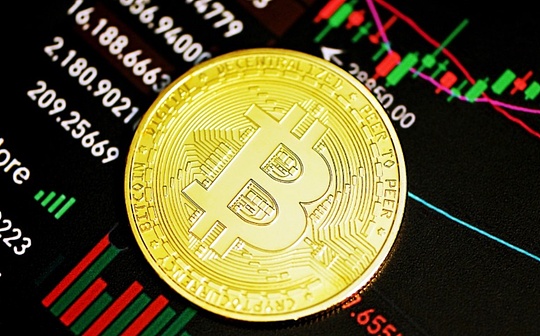
Recently, news about stablecoin licenses has further fermented: only financial institutions have obtained the license, and news of large factories withdrawing is everywhere.
In addition to the sources, we go back to several basic questions and talk about regulatory documents and practical physical senses.
Too long to read the version:
• According to Hong Kong regulations, KYC/wallet real name = dependency amount trigger + the division of labor of the three licensed institutions (issuer, bank and exchange) is not a priori obstacle.In actual communication, Hong Kong does have more stringent requirements for issuers to verify real-names.
• Hong Kong, Singapore and the EU requirements are highly similar in terms of whether to verify the wallet real name.Hong Kong is not an exception!In addition, there is a difference between the regulatory entity (SFC) and the stablecoin regulatory entity (HKMA) of Hong Kong wallets.And Singapore is full of MAS.
• The payment system of the real-name KYC/AML of the major manufacturers has been laid out for e-wallet/card payment, and this off-chain capability is alluded to the chain and requires time and additional compliance costs.
• The EU and the United States require that financial institutions that already hold licenses can apply for stablecoin licenses, which has stopped many applicants.There is no explicit statement in Singapore and Hong Kong at present.
Q1. Does Hong Kong require that “all individuals must do KYC/wallet real name”?
answer:
1. Only when a single or cumulative transfer is ≥ 8 000 HKD (≈ 1 020 USD), either of the issuer/exchange/bank must complete the KYC + self-custodial wallet control verification.
2. Small amount (< 8 000 HKD) can be simplified, but information must be completed in case of sanctions or high risks.
3. If a bank or a large exchange has made due diligence, small issuers can rely on its results to avoid repeated collections.
➡ It’s not that everyone has the real name first, but that the amount triggers + division of labor and cooperation.
Q2. Is Hong Kong’s stablecoin regulation stricter than that in both the EU and Singapore?
To be divided into dimensions:
• Capital / Reserves: Hong Kong’s most demanding (net assets ≥ 50 million HKD, reserves 80% cash).
• AML threshold: 8 000 HKD in Hong Kong, looser than 1 000 EUR/SGD in the EU/Singapore.
• Technical governance: Hong Kong mandates freeze; Singapore adds claw-back; EU requires on-chain traceability.
Conclusion: Each has its own focus, and there is no “comprehensive and strictest”.
Q3. Can USDT and USDC continue to be used?(The key point is here)
Core: All three places can circulate, but the regulatory identities are different
1. EU(MiCA)
• Circle has become a compliant stablecoin that can continue to be listed on all EU exchanges.
• Tether has not yet applied for publicly; the trading platform has been removed from the shelves USDT
2. Singapore(PSA/Stablecoin Notice)
• Both are currently “general DPT” and are free to use.
• If you want to sell under the title of “regulated stablecoin”, the issuer must establish an entity in Singapore and obtain a MAS license – both Circle and Tether have not yet been completed.
3. Hong Kong(HKMA stablecoin license)
• Hong Kong retail users are currently basically unable to use USDT/USDC on licensed exchanges, and can only use compliant OTC/on-chain P2P, and after 2026, unlicensed currencies will face greater risk of tightening on the fiat currency channel.
Q4. Will large platforms be blocked from applying for “not being able to set real names”?
Basically not.
• The leading platforms have long had global KYC/AML infrastructure;
• The wallet address can be bound through off-chain real name + on-chain signature;
• Hong Kong allows third-party due diligence to be relied on, and banks or compliance service providers can provide wallet verification in bulk.
The real challenge lies in the ability to connect on and off the chain, and multiple countries are connected.
Q5. What are the “special cases” or breathing space in the three places?
1. Hong Kong: ≤ 2,000 users or ≤ 100 million HKD circulation, you can apply for Regulatory Sandbox.
2. Singapore: The 2025-06 consultation paper proposes Pilot Programme, with a limited credit limit and a MAS name system.
3. EU: A very small scale CASP can be used for lightweight processes, but still register and comply with TFR.
The window is tightening – Singapore lowers the threshold to 1,000 SGD, Hong Kong hints very tight
Q6: Can only financial institutions that already have licensed can apply for stablecoins?
1. The US “Genius Act” locks the hole the most: without a financial license = payment stablecoins are not allowed.
2. The EU requires that EMI institutions that already hold licenses can apply for stablecoin licenses, which has stopped many people.There is no explicit statement in Singapore and Hong Kong at present.







